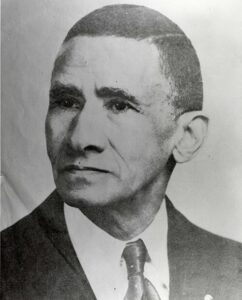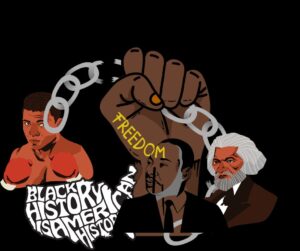Once upon a time in Black Entrepreneur History was an African American man named William Foster who founded the Foster Photoplay Company (1910) in Chicago, Illinois which became known as the first Black-owned and operated film company in the USA.
Foster opened the Foster Photoplay Company on the backdrop of a time where Black people were only seen a certain way by the world due to the racist and stereotypical films that were being released by white film companies. Living in the time immediately post the Emancipation of Black people as a whole, Foster wanted to do something about that false image and narrative being placed on Black people, sometimes willingly by Black people themselves – on film being one way and in reality, living completely opposite, well established, educated lives. He was also tired of “black face” – when white people would paint themselves black and behave ignorantly for amusement.
Therefore, after learning as much as he could by working behind the scenes in the entertainment industry while in New York, networking with many well-knowns which made him well-known, he located the Pekin Theater, the first Black-owned musical theater in the United States of America (1905).
It was at the Pekin Theater that William Foster was able to master his creative talents and work as a member of management, booking African American talent, writers and shows while also reaching down to pull up other African Americans who weren’t doing too well, homeless and even disabled. He gave them jobs as performers as well, and it was by this that Foster became known for philanthropy as well.
It was through all this experience that Foster launched the Foster Photoplay Company in 1910 in Chicago. Of course, to keep such a business open, one needed capital, especially when he had no venture capital. Therefore, he continued to work hard as a journalist for the Black-owned newspaper the Indianapolis Freeman. It was here that he began to use the pseudonym, or pen name, Juli Jones, soon writing for many black-owned national papers.
It was in 1912 that the Foster Photoplay Company produced it’s first film titled The Railroad Porter. It was the first race film, considered to be the world’s first with an entirely African American cast and director. Whether he knew it or not, Foster was laying the groundwork for the future of Black film.
Race Film - A race film is to be considered a film that is all black with everything, including the audience to which it is targeting. It has a Black cast, crew, owned and operated by Black people entirely and in funding. Race films showed the full spectrum of Black people, not just a narrow, derogatory view presented by most Hollywood films of that era.
Other films from the Foster Photoplay Company were The Butler, The Grafter and the Girl, and The Fall Guy, most produced in 1913. It was Foster’s goal to elevate the image of Black people to a truer image, so he went as far as sending his silent films overseas for troop entertainment.
Soon, however, he could no longer compete as the wave of sound in movies was introduced by companies that developed, which caused his movement in film to be overtaken but not forgotten.
Foster was a pioneer director and film producer, founding the first African American film company in the United States of America, paving the road future Black producers and directors of America. It is on his shoulders that the next Black-owned film companies, all the way to Tyler Perry’s movie studio in Atlanta (the largest in America), sit today.





More Related Stories
Isaac Scott Hathaway – Founder of Isaac Hathaway Art Company & Designer of First African American Coin
James Wormley – Founder of the Most Expensive Hotel in Washington D.C. in 1800s – the Wormley Hotel
William E. Matthews – Wealthy Financial Broker & Civil Rights Leader of 1800s